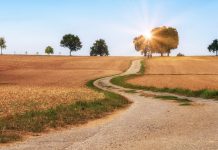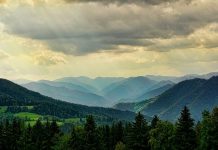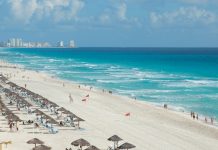To present Rome is impossible, I can even say that it’s useless. Rome is not a city, it is THE CITY, and as such the visitor has access to a whole world.
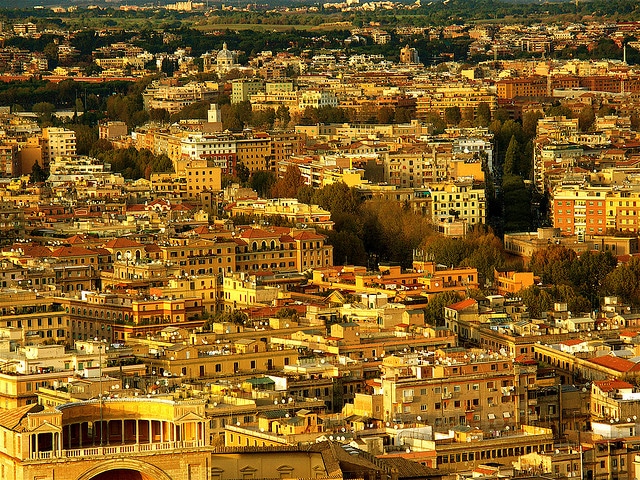
However, every tourists has their own version of experiencing this city, which is a monument in itself, coming as a human genius for the millennium, a work of art at the open, an oozing history, carrying intact and intangible the signs of the development of civilization, that mixes the new with the old, the sacred of the churches to the profane and collegiate rowdy of a thousand taverns, thousands of coffee shops of the famous “dolce vita”, the confused chatter of the tourists from anywhere that frequent the countless streets of the Eternal City softening the solemn majesty in a vortex of colors and languages.
What to visit
The remains of ancient Rome are scattered in different areas of the city. A short list:
• The Ara Pacis, built in 13-19 BC (Augustus) – a masterpiece of classical decorative sculpture;
• The arches of Septimius Severus and Titus and the Arch of Constantine, of the fourth century AD;
• The Coliseum (the largest auditorium of the Roman world, fifty seats);
• Circus Maximus (first century A.D.);
• The Trajan’s Column;
• The Domus Aurea, the palace of Nero;
• The Imperial Forum and the Roman Forum.
Along the Via of Fori Imperiali (imperial holes), rises the bulk of the Basilica of Maxentius. And then the Baths of Caracalla, suggestive ruins of brick that were opened in 217 and were able to accommodate 1,600 bathers, the Appian Way (open in 312 BC), with the Catacombs of San Callisto and the tomb of Cecilia Metella.
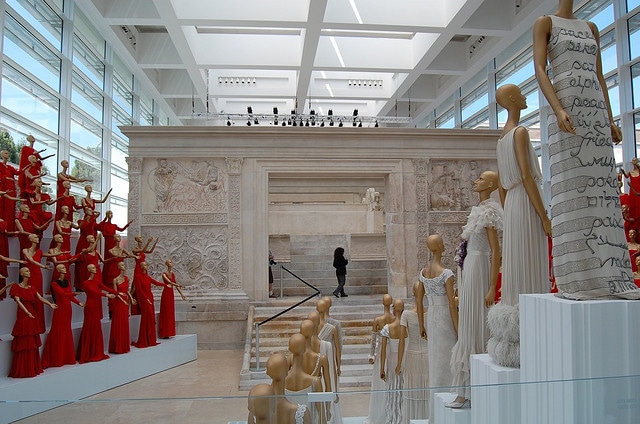
The area of the holes is dominated by the Renaissance Piazza del Campidoglio, designed by Michelangelo (1536): in the background the Senatorial Palace, the Town Hall (1605) with steps of Michelangelo, on either side the New Palace and the Palace of the Conservators.
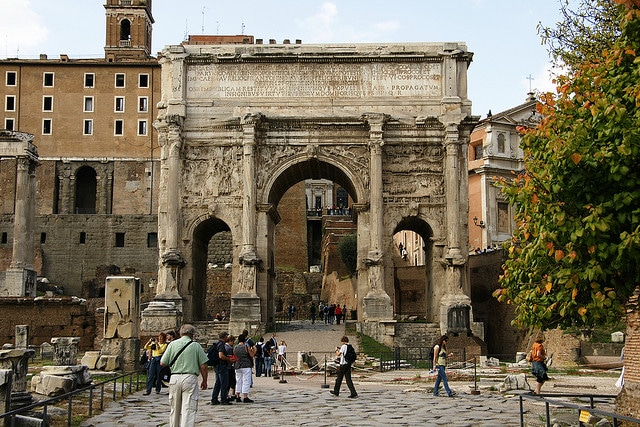
A little further north, in the geometric center of Rome, there is Piazza Venezia , occupied by the Palazzo Venezia (1455) and the white mass of the Victorian (1855-1911) with the tomb of the Unknown Soldier. If you are planning on enjoying Rome for quite a long time and you can afford a decent hotel, I would suggest you to opt for a place to stay in the center of Rome because the city is enormous and you will the Italian “finezza” in the mornings if you stay in the suburbs.
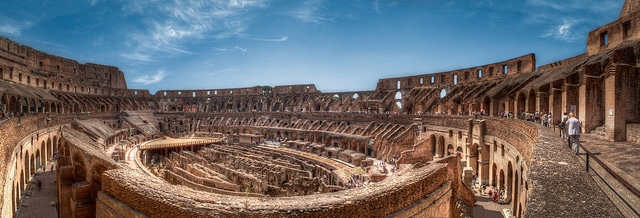
The first route starts from Piazza Venezia: along the Via del Corso you come across Palazzo Doria, with the Doria Pamphili Gallery (works by Caravaggio, Velasquez, Bernini), continuing, you get to Piazza Colonna with the Column of Marcus Aurelius, and then to Via Condotti, the elegant shopping street. A must is considered to be a visit to the many masterpieces of Baroque and Renaissance Rome. In front of the steps of Trinita dei Monti you will face the church of San Martino ai Monti at the top. Returning to Via del Corso, you can end up at the Piazza del Popolo with the twin churches of Santa Maria in Montesano and Santa Maria dei Miracoli and the neighboring Santa Maria del Popolo, which contains two splendid paintings of Caravaggio.The square is dominated by the Pincio gardens.
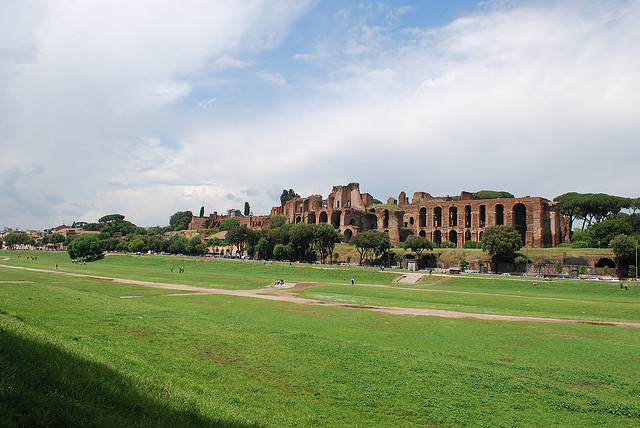
Not far away, the park of Villa Borghese, a lovely green oasis where you will find the Borghese, which houses the renowned gallery (with works by Bernini and Canova), the Palace of Fine Arts, home of the National Gallery of Modern Art and Villa Giulia, home of the Museo Etrusco (Etrusc Museum). Another route can start from Piazza Barberini, where the Triton Fountain by Bernini is established. From there you reach Via Veneto, for via Quattro Fontane, however, you get to the Palazzo Barberini, with the National Gallery of Ancient Art (works by Raphael, Lotto, Greco, Caravaggio).
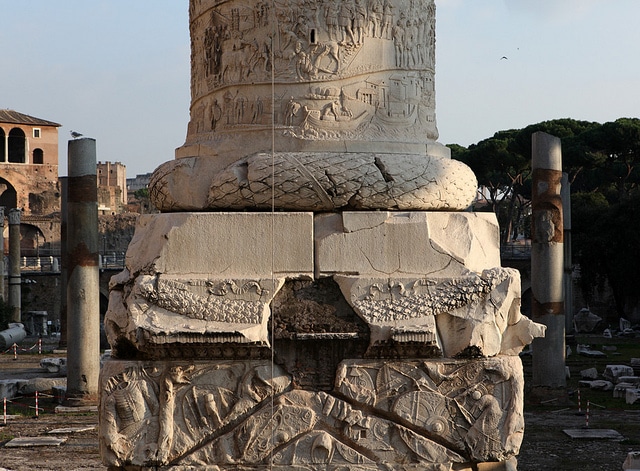
Continuing, you will reach the Piazza del Quirinale, with the Palazzo of the Consulta and the Palazzo del Quirinale.
Throughout narrow streets, you will come to the famous Trevi Fountain and the church of Jesus Christ with a Michelangelo piece. At the front, is located the Pantheon, which was rebuilt under Hadrian (AD 118) and converted into a church in 606 AD. Crossing the Piazza San Pantaleo it leads into Piazza Navona, with its three fountains, including (“The four rivers”, by Bernini. Quite near is the Campo de Fiori square, which has a typical market day of fruits and vegetables, not far away you will find the Palazzo Farnese, used as the French Embassy.
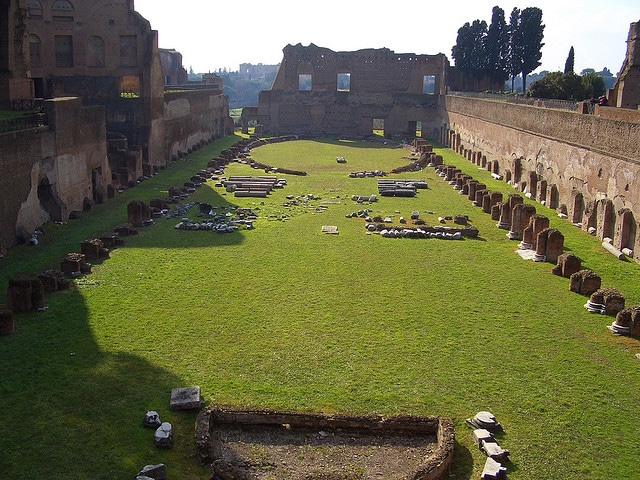
Beyond the river there is the Trastevere, with its medieval streets, the craft shops and two “jewels”, Santa Maria in Trastevere and S. Cecilia. A little further north, at the top of Janiculum hill, in Piazza Garibaldi, you can enjoy a wonderful view over the whole city. Continuing north along the river stands the amount of Castel S. Angelo, built by Hadrian (135 AD) as his mausoleum and turned into a fortress (behind him you will find the Borgo district).
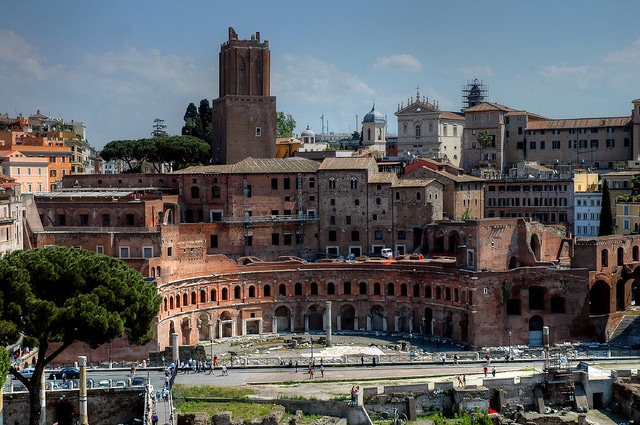
From the monumental way of conciliation you will get at the most important basilica of Christianity, St. Peter, with the colonnade of Bernini and Michelangelo’s dome (inside, among the many treasures, the Pietà by Michelangelo).
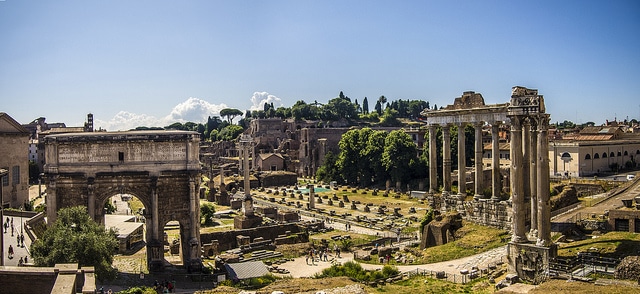
Behind the Basilica is the Vatican City, with the famous Vatican Museums (do not miss: the Raphael Rooms, the Sistine Chapel, the Art Gallery). The other three major basilicas of the city are St. John Lateran and St. Maria Maggiore, both not far from Termini station, and S. Paul outside the walls, along the Via Ostiense.
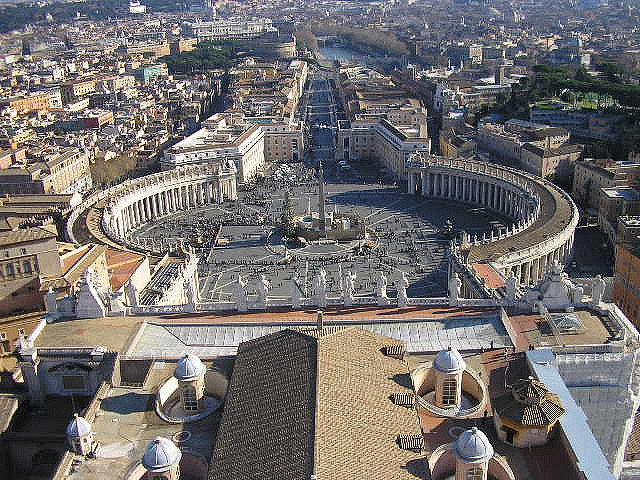
What’s Nearby: The Roman Castles
The Colli Albani (Albanian areas) very long ago – about 29-25000 years ago – were a great volcanic complex, which included a fence central crater, about thirty kilometers wide, plus other smaller craters, now covered by the waters of the lakes of Albano and Nemi. Over the millennia, the mountains of fire went out on their slopes and mankind has cultivated there the olive trees and the vineyard and at the same time, built the city: Frascati, Grottaferrata, Marino, Castel Gandolfo, Lazio Albano, Ariccia, Genzano of Rome, Nemi, Papa Rocca, Rocca Priora, Montecompatri, Monte Porzio Catone and the Column.
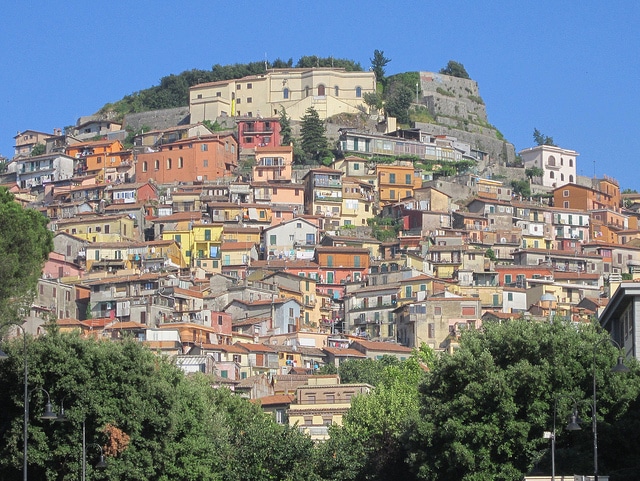
They are the Castelli Romani (Roman castles), so renown for the fortresses and fortifications built in the Middle Ages around the villages against the quarrelsome patrician families of the capital.
With the Renaissance times they became gentler & humane thus nobles transformed their manors in villas and mansions, embellishing them with spectacular parks and gardens.
The ideal starting point for a tour of Castles is Frascati, the main town of the area that was known from back then at the time of ancient Rome as a holiday residence and an important center of wine production. In the Renaissance, some large families of the capital established there their summer residence, erecting magnificent buildings such as the Villa Aldobrandini, overlooking the panoramic central square. From Frascati you can continue to Monte Porzio Catone, famous for 15-16th-century architecture of the historic core, and then when headed to the fortified abbey of San Nilo a Grottaferrata one can admire the chapel frescoes by Domenichino.
From here you can continue to Nemi and its lovely lake, on which the Emperor Caligula, on board of large barges, organised incredible parties, or visit the monumental complex of Saint Mary of the Assumption, by Bernini, at Ariccia.
Also worth seeing is the papal palace of Castel Gandolfo and Lake Albano.
Rome city map:
Photos: dafres, lignanoweb, Mike Fairbanks , Mathieu Drut, ajcreath, Roger B. Ulrich, wwarby, Photofollies by Carla Zagni, Wang Guowen (gw.wang), Miguel H. Carriço, Valerio_D


